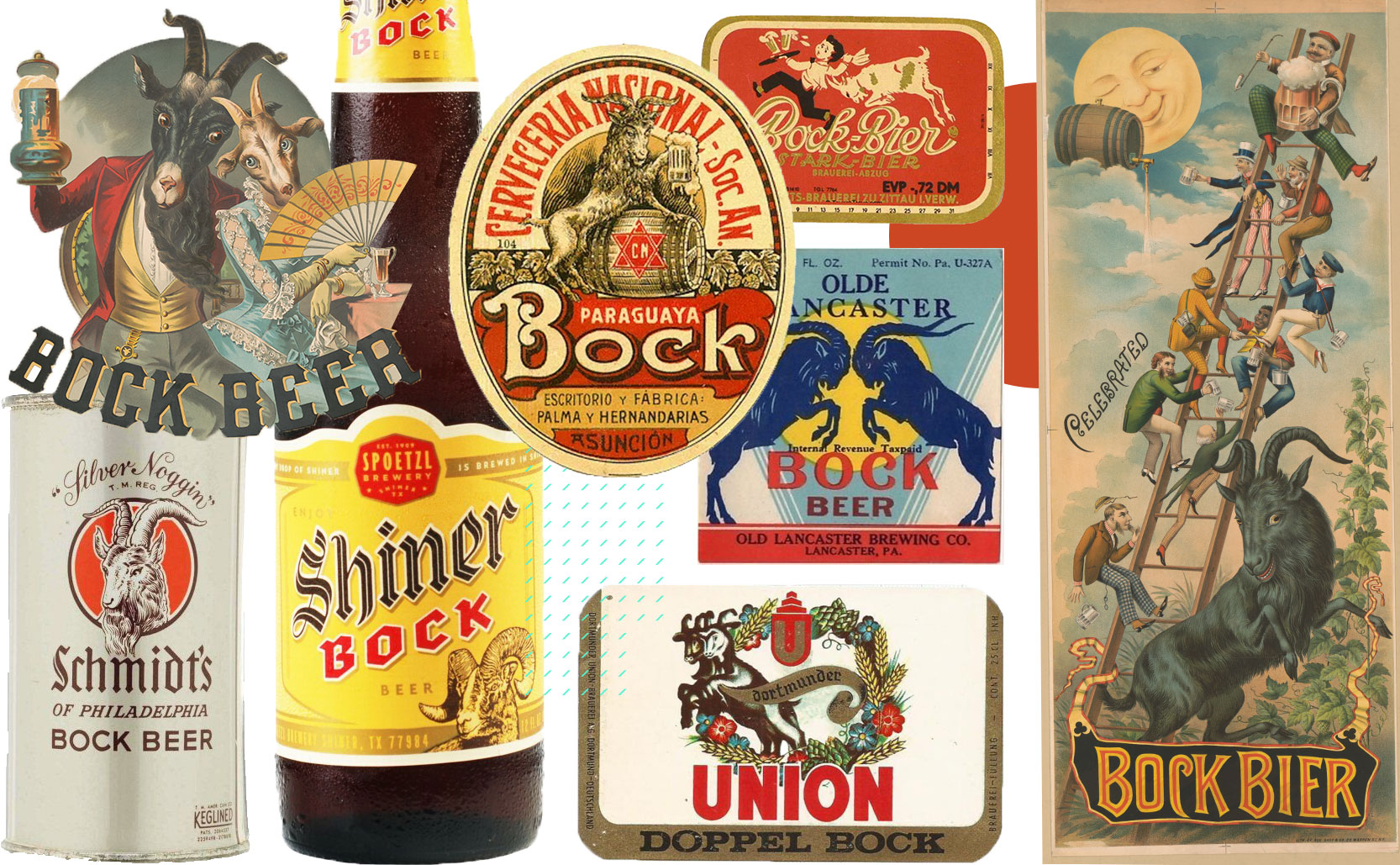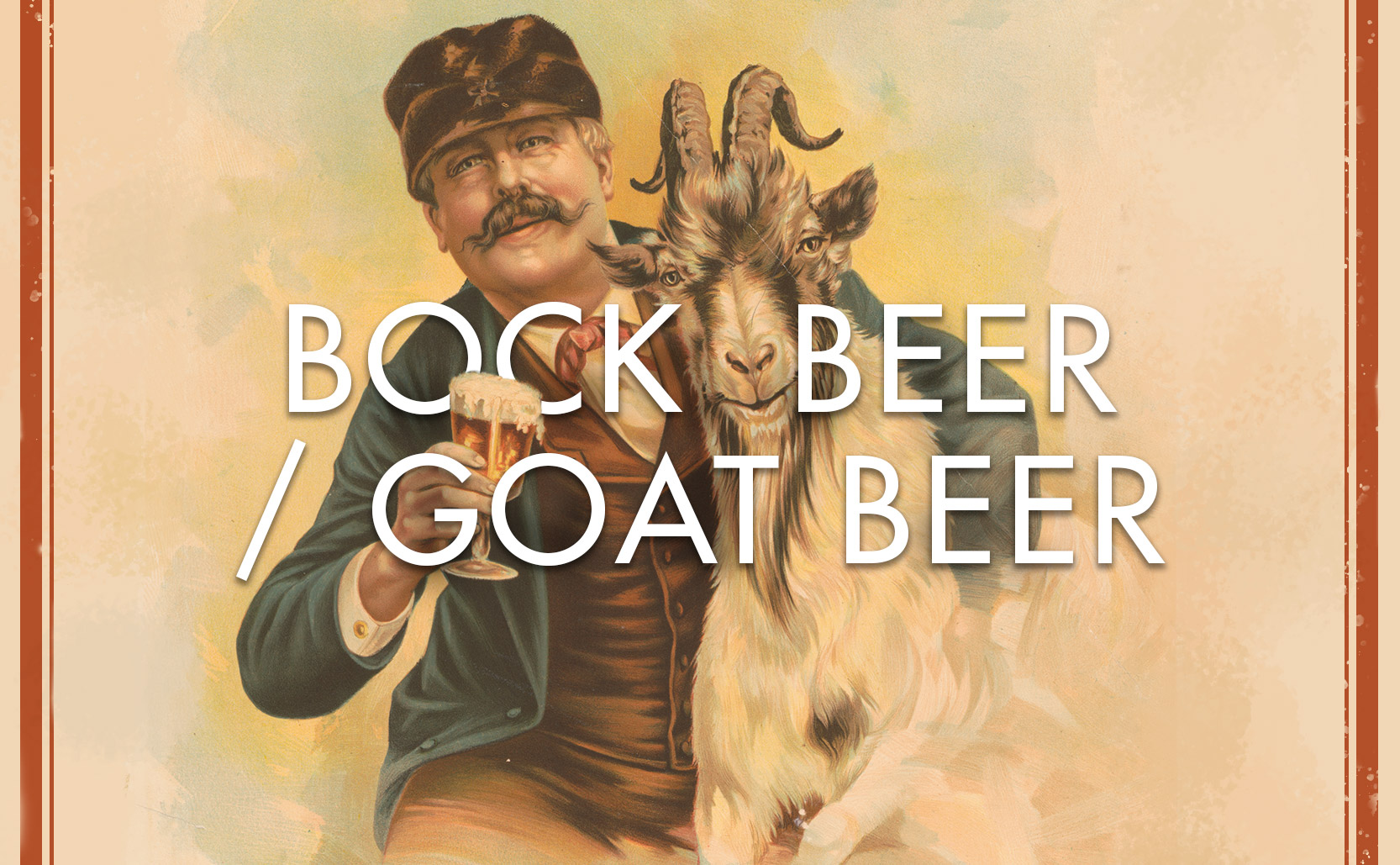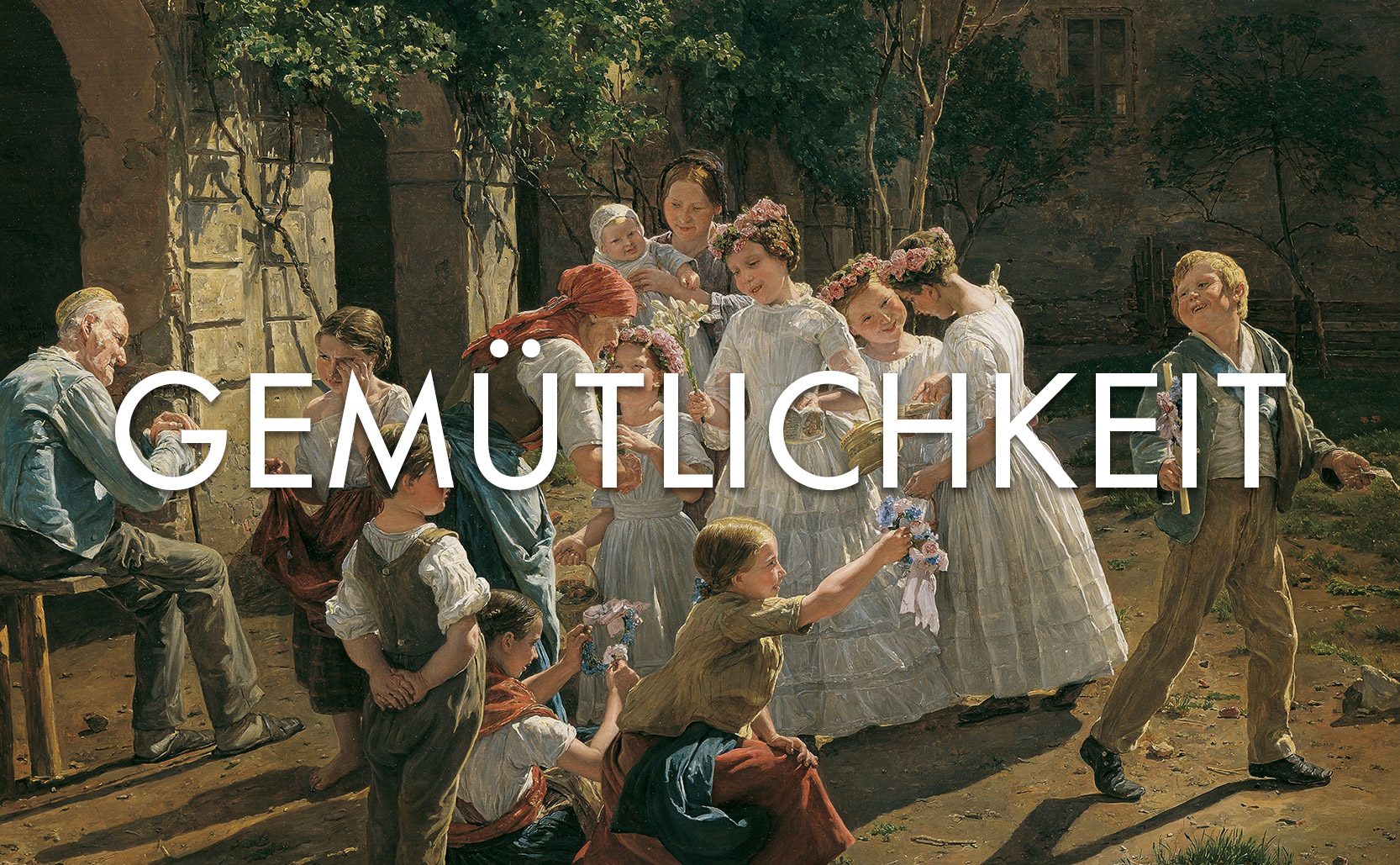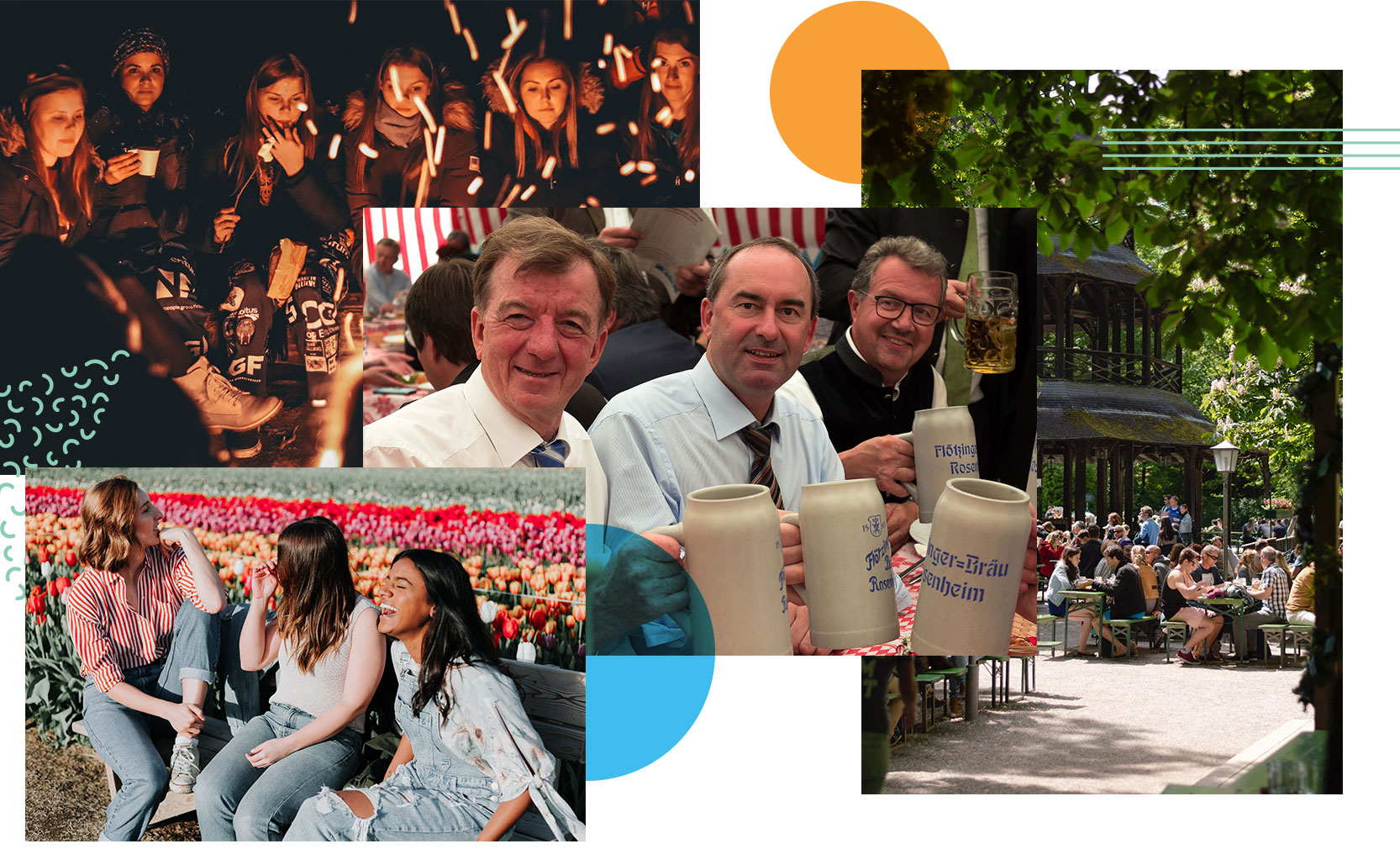It is very likely the Pied Piper is based on real events
The basic story of the Pied Piper of Hamelin is that in 1284 the Medieval German town of Hamelin had a rat problem. A stranger came to town who claimed that, by playing music on his magic pipe, he could lure the rats to the Weser river and rid the town of its problem. He did so and afterwards when he came to collect his payment the town decided they weren’t going to pay the agreed amount. The piper exacted his revenge by using his pipe to lure 130 children of Hamelin away from the town where they were never heard from again. As fairy tales go it’s pretty … grim.
In the early 19th century this version of the story was recorded by the Grimm Brothers of Germany who documented various Germanic fairy tales that were part of the oral storytelling tradition. Unlike most of their fairy tales however, the curious thing about the Pied Piper is that it seems to be only partially fictional.
Not a normal fairy tale
For being a fairy tale, one of the first curious things about the Pied Piper of Hamelin is that it takes place in a real town, not a fictional location. Also, unlike the standard “a long time ago” or some other vague time frame, this story very specifically took place in 1284. Before the Grimm version, the earliest documented version of this story is in the stained glass windows of the church of Hamelin around 1300. The church was destroyed in 1660 but details of the church, its windows, and the story of the missing children were, by then, documented in several places. The Hamelin records of 1384 say that, for reasons not specified, 130 children of Hamelin left in 1284 and never returned.
What happened to the children of Hamelin?
While the stained glass windows documented the loss of Hamelin children they never mentioned a piper. The earliest documentation of a piper is the Lueneburg Manuscript of 1440-50. So for over a hundred years the story may have had no piper, just missing children.
At face value the idea that a piper used music to lure rats & children out of town is unlikely. That said there were instances of dancing mania in the Middle Ages, where groups of people would just start dancing as in some sort of mass psychogenic illness. Perhaps a musician initiated some mania that led the children away.
Another theory involves the rats and that the children may have died from bubonic plague or some other infection spread by rats. Here the piper goes from being a musician or magician, to becoming a rat catcher. This theory is unlikely though because, to start, why would a disease only kill the children the town and not the adults as well? More importantly, the rats didn’t become a part of the story until 1559. So for almost 300 years the story had already been told without rats.
Still another theory is that the children left on the failed Children’s Crusade of 1212 where children of Germany & France were said to have set out for the Holy Land to try and peacefully convert the Muslims to Christianity. The piper in this case would have been someone whose job was to recruit children to join the crusade. Then the children never returned because they were sold into slavery. But because of the differences in years, and that the Children’s Crusade is riddled with fictional details and inaccuracies, it seems unlikely like that this is the explanation for the missing children of Hamelin.
Perhaps the most likely explanation is found in German colonization efforts. By the 13th century there was a push to have Germanic people move eastward to colonize more land from Poland down through Transylvania. The term “children” could have been meant more as “people of the town” rather than actual little kids. In this sense these were adults who moved away from Hamelin to settle new lands. The piper in this case could have been some loudly dressed smooth talking recruitment agent who came to town to sell people on the idea of emigration. This colonization theory is supported by a documented trail of late 13th century Hamelin family names appearing in Eastern European areas. Similarly, German place names start to become the names of towns in these areas around the same time.
So rather than a magical story of children being lured away from town by a mysterious piper, the reality may be that some citizens of Hamelin decided to leave and move eastward. As a way to remember these expatriate friends & families the town commemorated the loss in stained glass and in a story (a story that got confused and changed over the years). If only they had commemorated why they left.
Added info: “Pied” means “multicolored”, so he was a piper wearing somewhat eccentric/eye-catching multicolored clothes.







